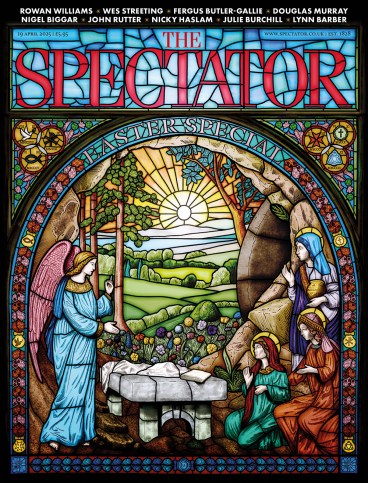
The long neglected art of Byzantium and early Christianity is returning to the world’s museums. Last November, the Louvre confirmed plans for a 3,000 square metre department dedicated to the Byzantine legacy and more than 20,000 works from Ethiopia to Russia that are currently scattered across the museum’s cabinets. Having been initially shelved a decade ago, this monumental undertaking is scheduled to open in 2027, signifying a pivotal moment for the Christian arts of the Eastern Roman Empire to become a serious curatorial subject in European museums once again. (A precursor to the new department established in 1954 lasted but 15 years.)
Byzantine art has been the subject of serious study in universities only since the 1940s. But there’s been a recent resurgence in interest: from the Met’s seminal Africa & Byzantium that showcased more than 200 works last year to the show at the Church of Sant’Agnese in Agone, Rome, of icons from the Vatican Museum’s Byzantine collection that has just concluded. Late last year it was also announced that Treasures of Byzantium: the birth of New Rome will be one of the British Museum’s international touring exhibition in 2028.
Within these collections and exhibitions are the icons of Eastern Orthodoxy – those haunting faces of Christ, the Virgin and saints, anonymously executed in the monasteries of the ancient Christian East – and precious refractions of a vast inheritance that we will never comprehensively know. In the academy, these images have long been treated as the primitive products of superstitious, religious folklore. ‘The Greek [icon] painter is the slave of the theologian… bound by tradition as the animal is to instinct,’ wrote the 19th-century French art historian Adolphe Didron.









Comments
Join the debate for just £1 a month
Be part of the conversation with other Spectator readers by getting your first three months for £3.
UNLOCK ACCESS Just £1 a monthAlready a subscriber? Log in